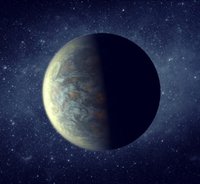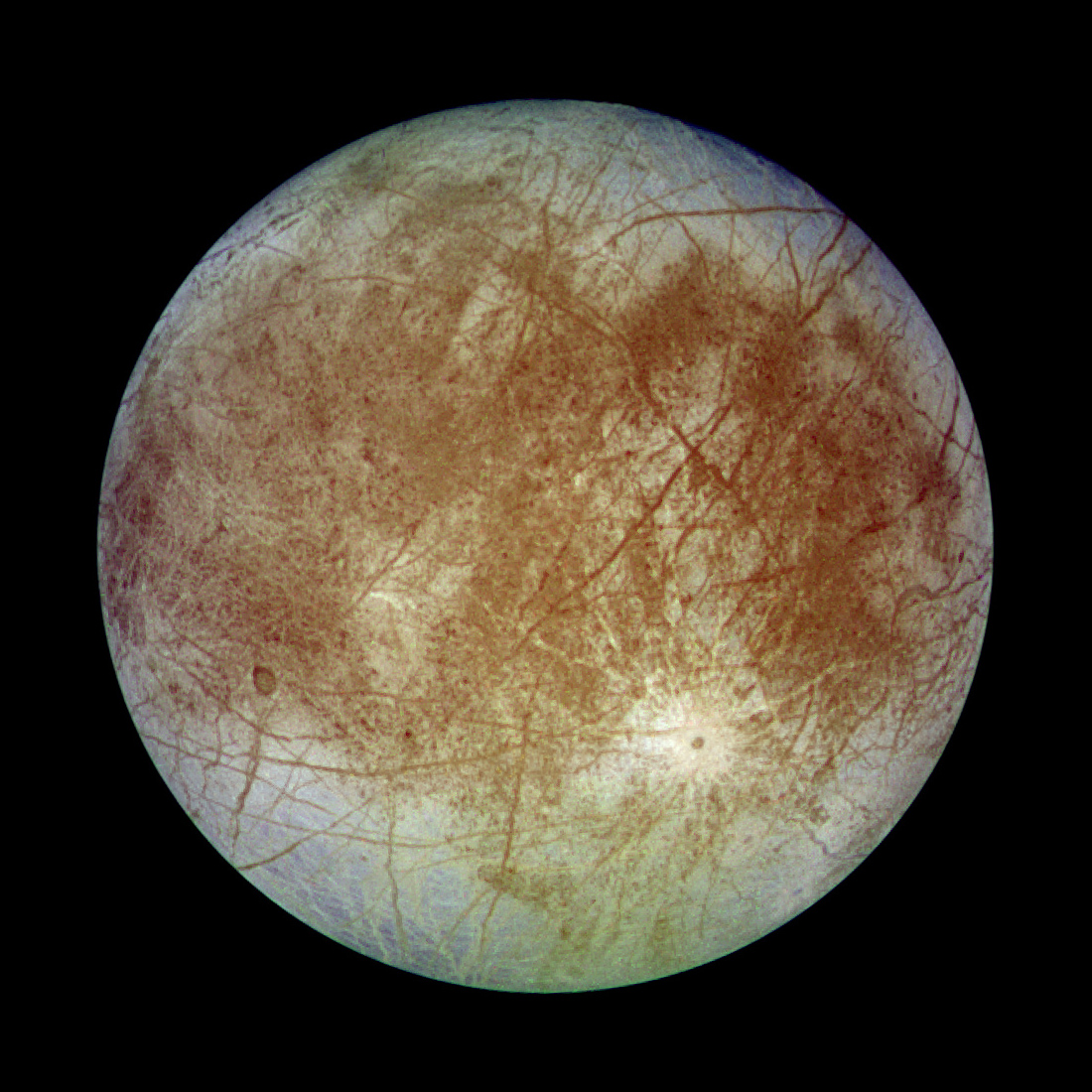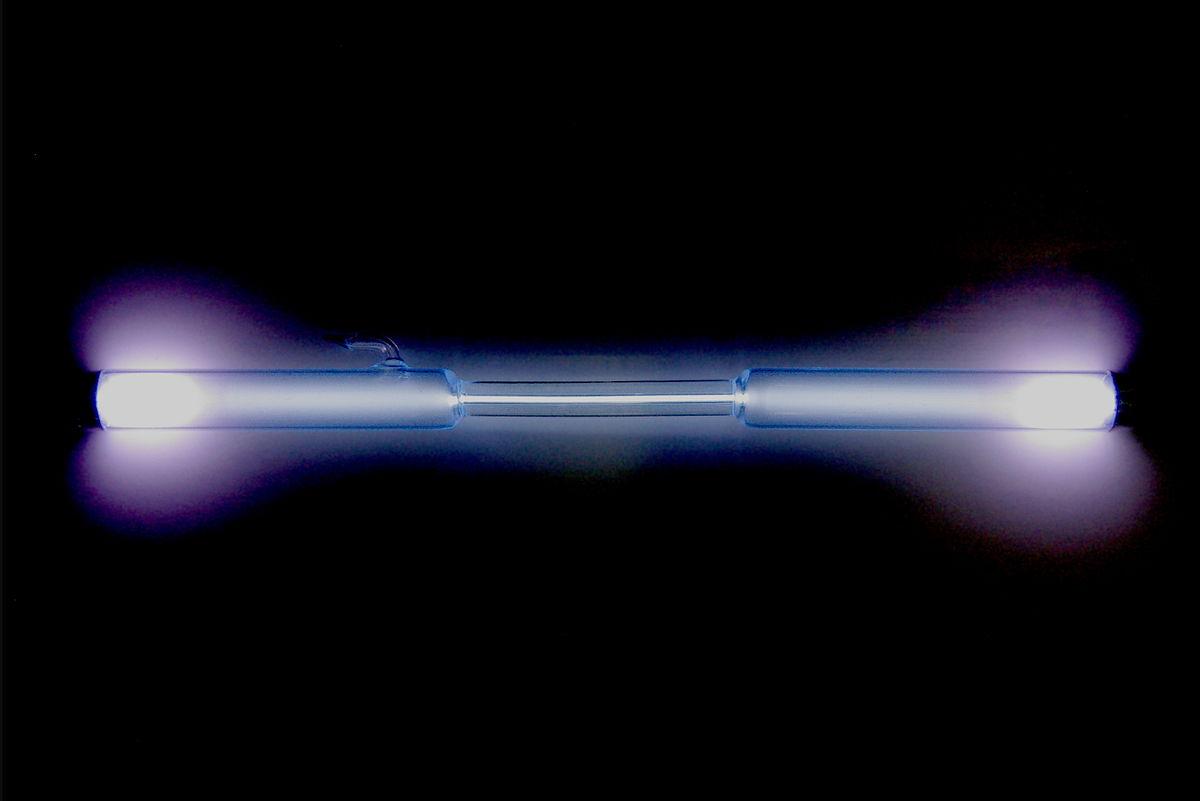
Roughly seventy-five billion M dwarfs in our galaxy host at least one small planet in the habitable zone (HZ). The stellar ultraviolet (UV) radiation from M dwarfs is strong and highly variable, and impacts planetary atmospheric loss, composition and habitability. These effects are amplified by the extreme proximity of their HZs (0.1–0.4 AU). Knowing the UV environments of M dwarf planets will be crucial to understanding their atmospheric composition and a key parameter in discriminating between biological and abiotic sources for observed biosignatures. I will present the first results of UV spectroscopy of M stars from our late Hubble Space Telescope program, HAZMAT (Habitable Zones and M dwarf Activity across Time). I will also discuss the newly NASA-funded Star-Planet Activity Research CubeSat (SPARCS), which will be a 6U CubeSat devoted to photometric monitoring of M stars in the far-UV and near-UV, measuring the time-dependent spectral slope, intensity and evolution of M dwarf stellar UV radiation. For each target, SPARCS will observe continuously over at least one complete stellar rotation (5 – 45 days) in both bands. SPARCS may also be capable of ‘target-of-opportunity’ UV observations for the rocky planets in M dwarf HZs soon to be discovered by NASA’s TESS mission, providing the needed UV context for the first habitable planets that JWST may characterize.
 Getting Under Europa’s Skin
Getting Under Europa’s Skin Tracing Formation and Evolution of Outer Solar System Bodies Through Stable Isotopes and Noble Gas Abundances
Tracing Formation and Evolution of Outer Solar System Bodies Through Stable Isotopes and Noble Gas Abundances Photosynthesis, a Planetary Revolution
Photosynthesis, a Planetary Revolution Xenon: King of the Gases
Xenon: King of the Gases